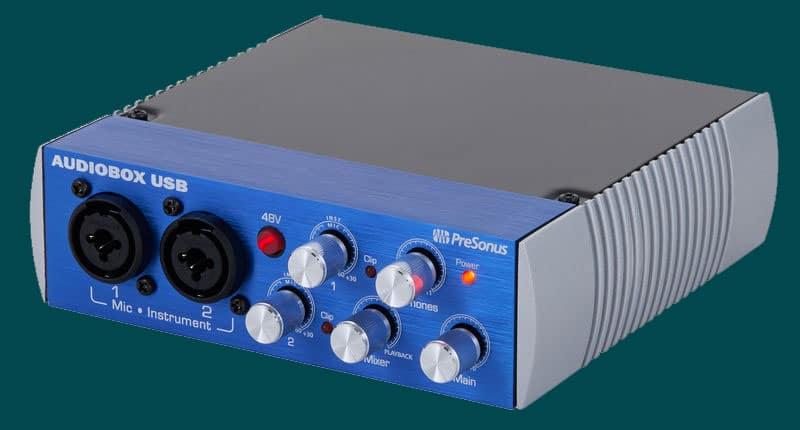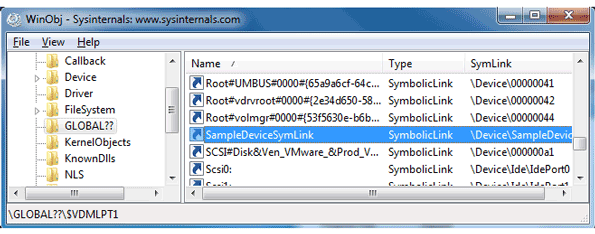- Drivers Nvd Sound Cards & Media Devices Online
- Night Vision Devices Nvd
- Nvd Drivers Training
- Drivers Nvd Sound Cards & Media Devices Download

Many HP Pavilions came with sound cards combined with modem cards. The sound device description will reflect this. If the sound card is a combination card, the modem and its drivers must be removed as well. Otherwise, the modem may fail. Click a sound device title that relates to the brand of audio card. Sound Cards cannot work without the presence of Audio Drivers. Every Sound Card has a precise Audio Driver which allows the Sound Card to run smoothly with the Operating System. Audio Drivers can be said to form data connections or data links between the Sound Card (hardware) and the Operating System (software). Right-click the listing for your sound card or audio device, then select Update driver Browse my computer for driver software Let me pick from a list of device drivers on my computer. Select the audio device whose driver you want to update, select Next, and then follow the instructions to install it. Sound Card: the native Windows drivers won’t include all the extra sound features like virtual surround, etc. If you bought a PC, head to their site, if you built one, either go to the motherboard manufacturer’s site for onboard sound, or the sound card manufacturer’s web site otherwise.
Windows provides global slider controls for altering DirectSound performance on a system-wide basis. The sliders control the level of hardware acceleration and quality of sample-rate conversion (SRC) that are made available to DirectSound applications. Changes made to the hardware-acceleration and SRC sliders are persistent across boot-ups.
The hardware-acceleration and SRC settings can be changed only by direct end-user action. No API is available for changing the hardware-acceleration or SRC setting from an application program. This behavior improves stability and prevents software from placing the audio system in a state from which it cannot be removed without rebooting.
These settings affect only DirectSound applications. Note that the waveOut API always uses the best SRC quality regardless of the setting of the DirectSound SRC slider. Also, in all current versions of Windows, waveOut applications are unable to use hardware-accelerated pins on audio devices and are unaffected by the setting of the DirectSound hardware-acceleration slider. For more information about the Windows multimedia waveOut API, see the Microsoft Windows SDK documentation.
To locate the DirectSound hardware-acceleration and SRC sliders in Windows, for example, follow these steps:
Drivers Nvd Sound Cards & Media Devices Online
In Control Panel, double-click the Sounds and Audio Devices icon (or just run mmsys.cpl).
On the Audio tab, select a device from the Sound Playback list.
Select the Advanced button.
Select the Performance tab.
At this point, you should see two sliders that are labeled Hardware acceleration and Sample rate conversion quality.
The hardware-acceleration slider has four settings that range from None (level 0) on the left to Full (level three) on the right. The following table shows the meaning of these settings.
| Acceleration Level | Setting Name | Description |
|---|---|---|
0 | Emulation | Forces emulation. |
1 | Basic | Disables hardware acceleration of DirectSound secondary buffers. |
2 | Standard | Enables hardware acceleration of DirectSound secondary buffers but disables vendor-specific property-set extensions. Download point grey research driver. |
3 | Full | Enables hardware acceleration of DirectSound secondary buffers and enables vendor-specific property-set extensions. |
Emulation Setting
The Emulation setting above forces DirectSound into emulation mode. In this mode, DirectSound applications run as though no DirectSound driver is present. All mixing is done by DirectSound in user mode, and the resulting audio data is played back through the waveOut API. The result is typically a large increase in latency.
Basic Setting
The Basic setting disables hardware acceleration of DirectSound secondary buffers. Under this setting, all DirectSound applications run as though no hardware acceleration is available, regardless of the capabilities of the sound card that is being used. You can use this setting during testing to emulate a sound card that has no DirectSound acceleration. With an adapter such as the OPL, which has no acceleration of DirectSound secondary buffers, this setting has the same effect as the Standard setting. In Windows Server 2003, Basic is the default setting.
Standard Setting
The Standard setting enables hardware acceleration of DirectSound secondary buffers but disables vendor-specific extensions such as EAX (Creative Technologies' environmental audio extensions) that are exposed as property sets through the IKsPropertySet interface (see Exposing Custom Audio Property Sets). In Windows 2000, the Standard setting is selected by default.
Full Setting
The Full setting enables full acceleration of DirectSound secondary buffers. This setting also enables property sets for vendor-specific extensions that are exposed through the IKsPropertySet interface (see Exposing Custom Audio Property Sets). IKsPropertySet extensions include vendor-specific hardware enhancements such as EAX.


If the user adjusts either the hardware-acceleration or SRC setting to a value other than the default, DirectSound uses the new setting instead of the default.

Support for Windows Vista without any service packs installed ended on April 13, 2010. To continue receiving security updates for Windows, make sure you're running Windows Vista with Service Pack 2 (SP2). For more information, refer to this Microsoft web page: Support is ending for some versions of Windows
INTRODUCTION
This article describes how to update a sound card driver in Windows Vista and in Windows XP.
This article is intended for a beginning to intermediate computer user.
You may find it easier to follow the steps if you print this article first.
Download scriptlogic driver.
Windows Vista
To update the sound card driver, follow these steps:
Click Start, click Control Panel, and then double-click System.
Click the Hardware tab, and then click Device Manager.
If you are prompted for an administrator password or for confirmation, type the password, or click Continue.Click Sound, video, and game controllers to expand.
Under Sound, video, and game controllers, double-click the entry for your sound card, and then click the Driver tab.
Note If a Driver tab is not present, the entry that you clicked under Sound, video, and game controllers may not be the correct entry for your sound card. Try clicking any additional entries listed under Sound, video, and game controllers.Click Update Driver Software.
Follow the Update Driver Software Wizard to update the sound card driver.
Windows XP
Night Vision Devices Nvd
To update the sound card driver, follow these steps:
Click Start, click Control Panel, and then double-click System.
Click the Hardware tab.
Expand Sound, video, and game controllers.
Double-click the sound card, and then click the Driver tab.
Click Update Driver.
Follow the Hardware Update Wizard to update the sound card driver.
More Information
Nvd Drivers Training
If you receive a message that the device is not working correctly, the sound card is not listed, or you must obtain driver software, contact your sound card manufacturer for more help. You may also have to contact the computer manufacturer if you find that the steps to update the sound card driver do not work.
For information about your hardware manufacturer, visit the following Web site:
Drivers Nvd Sound Cards & Media Devices Download
http://support.microsoft.com/gp/vendors/en-usMicrosoft provides third-party contact information to help you find technical support. This contact information may change without notice. Microsoft does not guarantee the accuracy of this third-party contact information.
Music and sound help with Windows 7
No audio in Windows Vista
No audio device error message in Windows Vista
Sound problems in Windows XP
